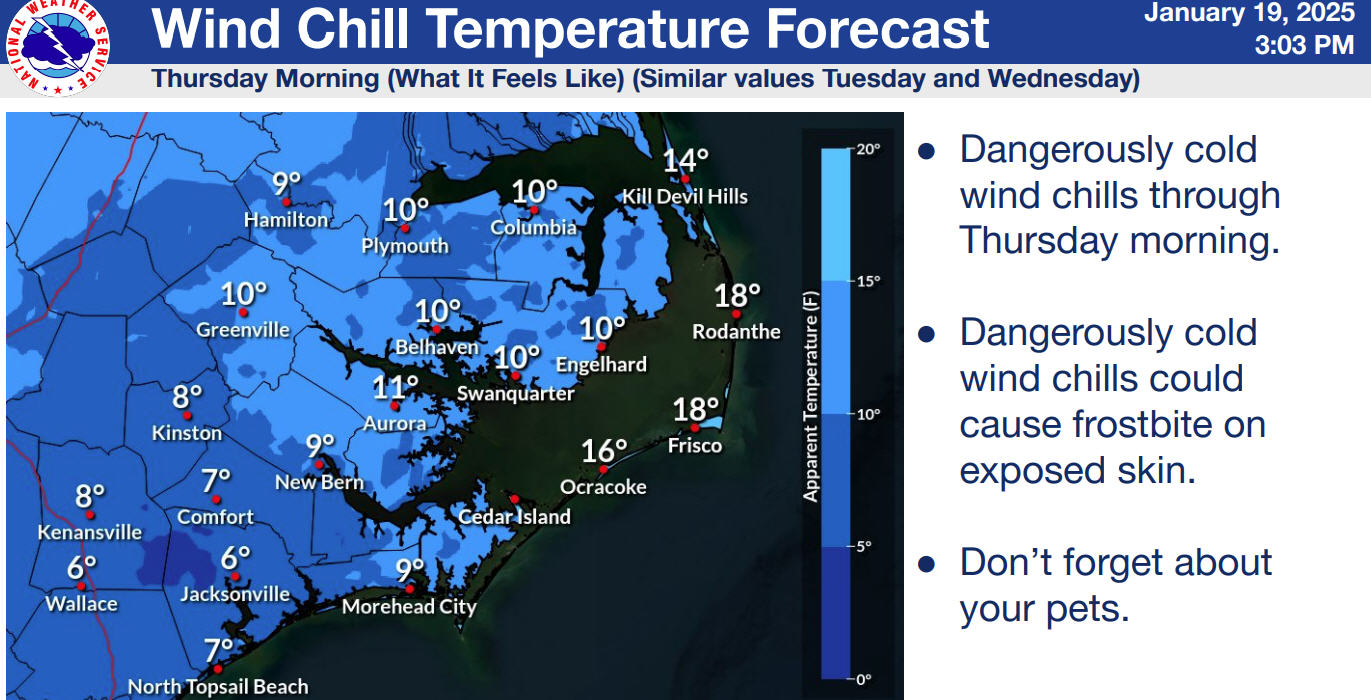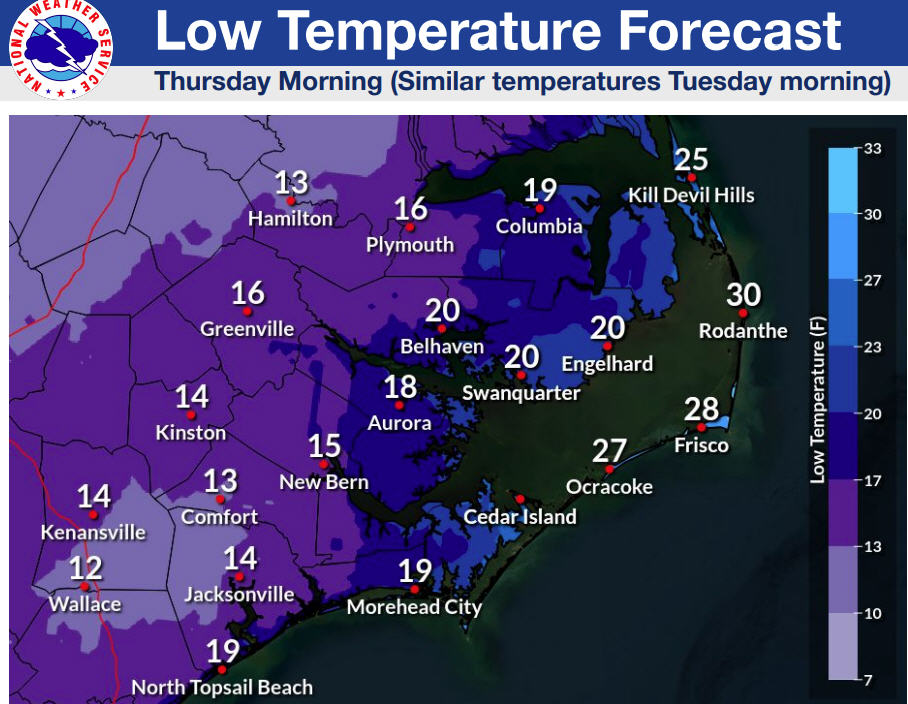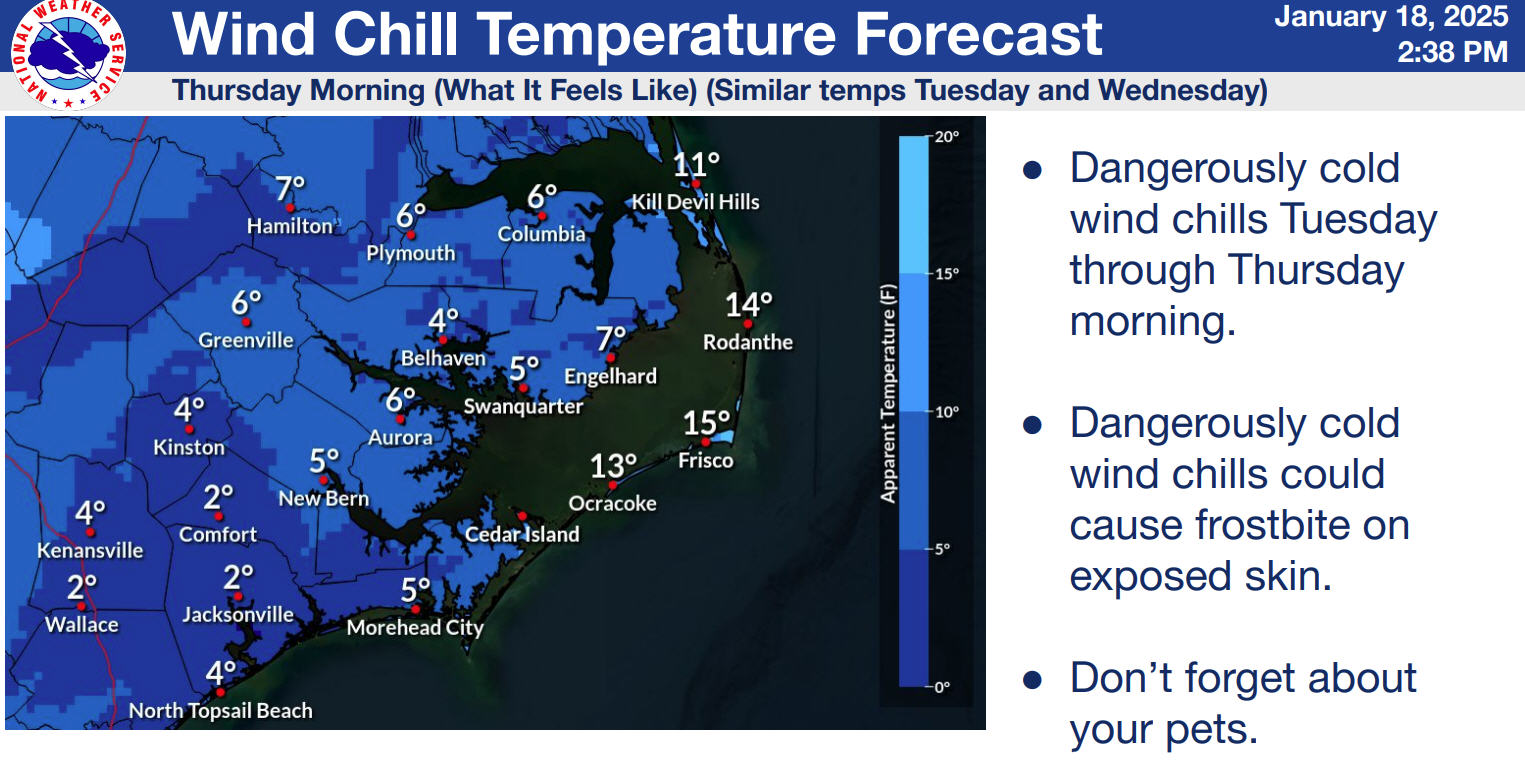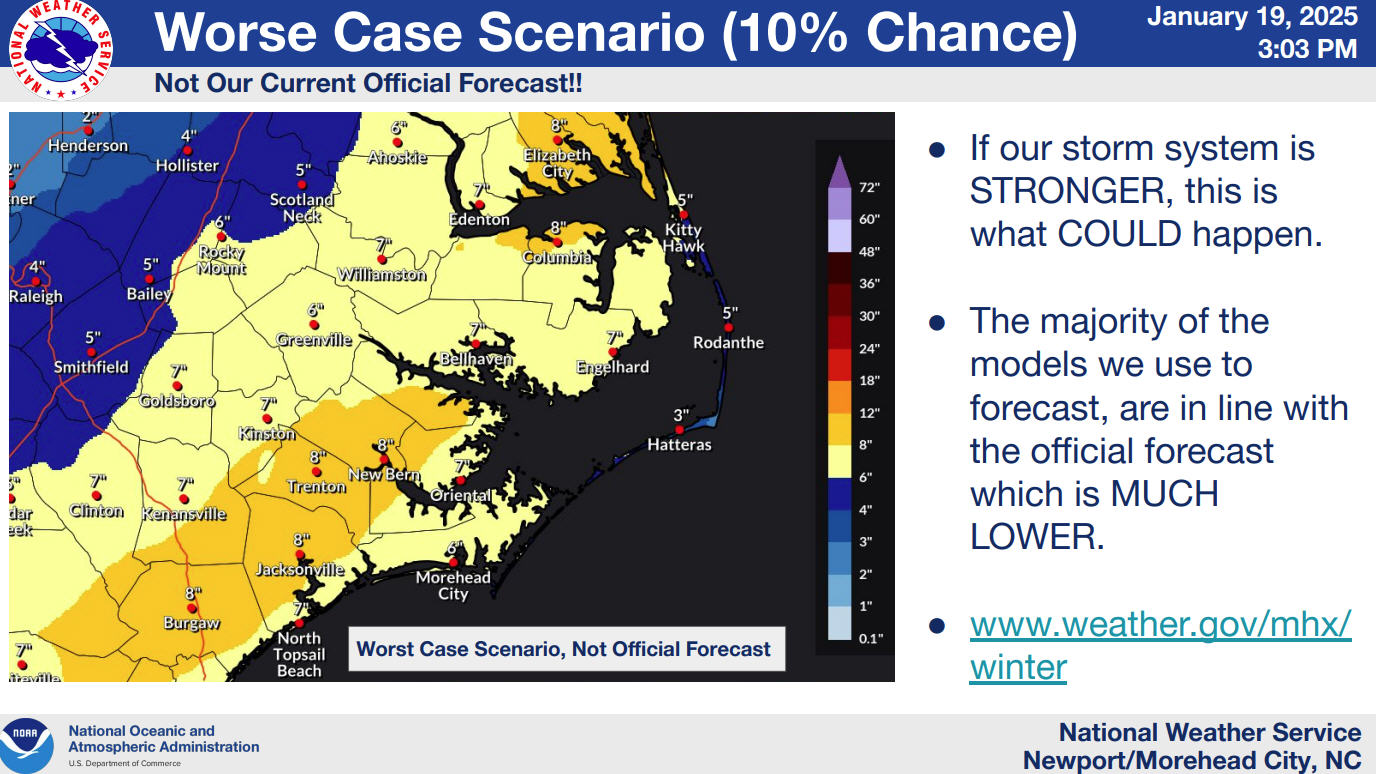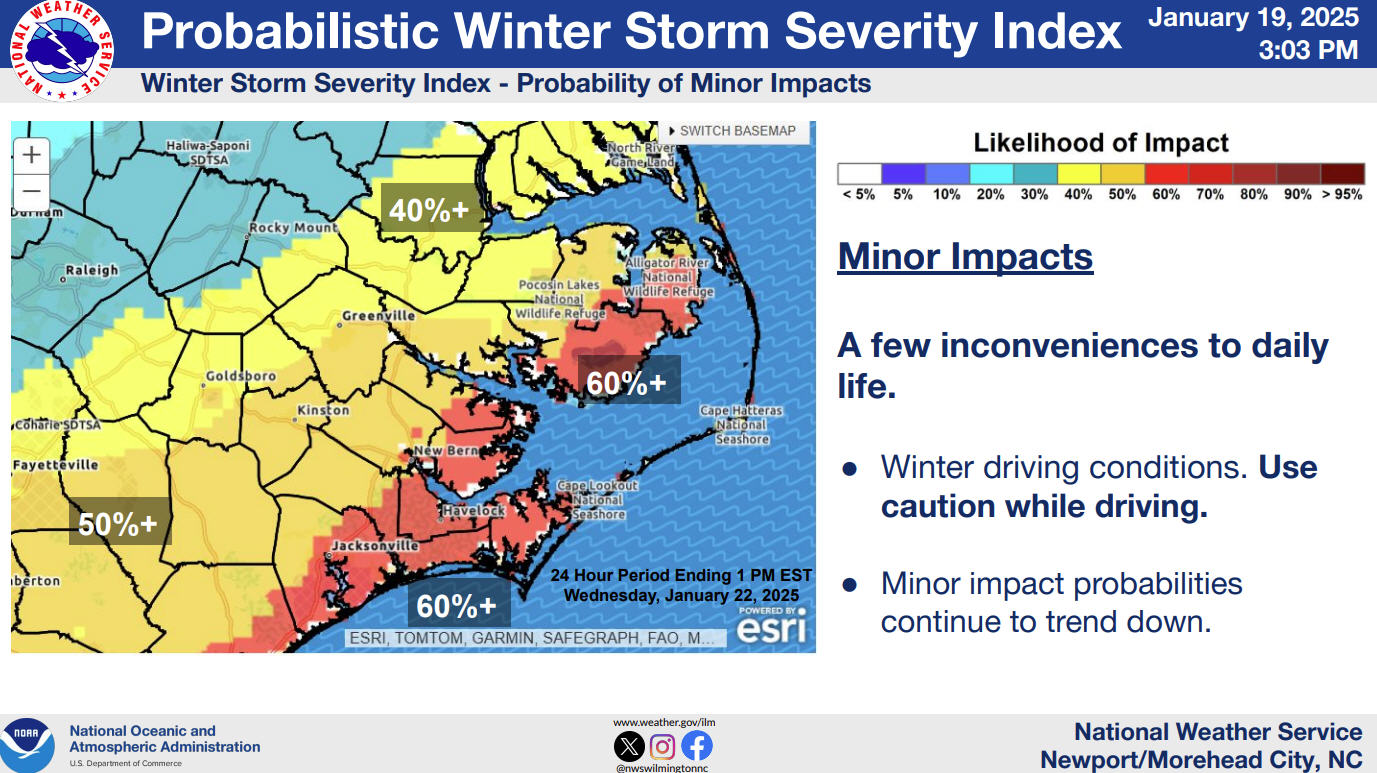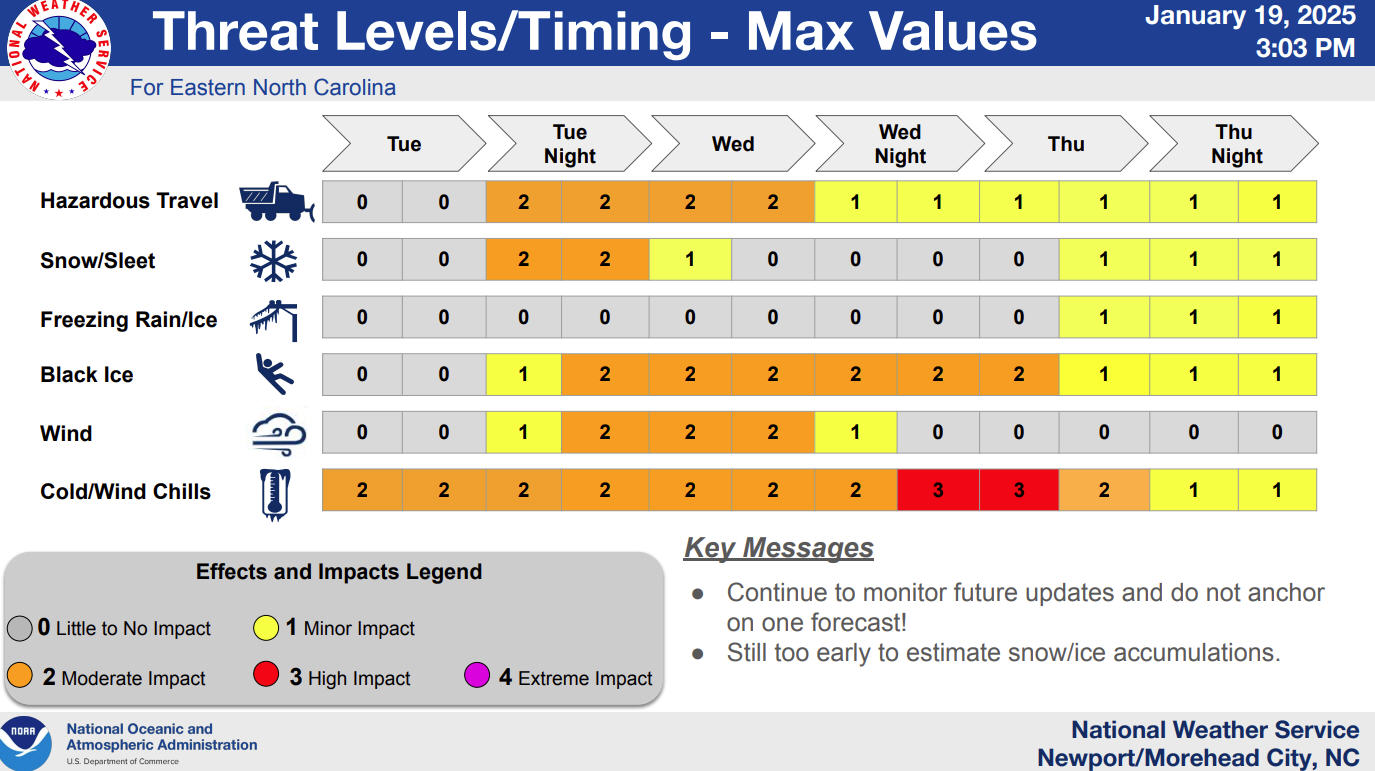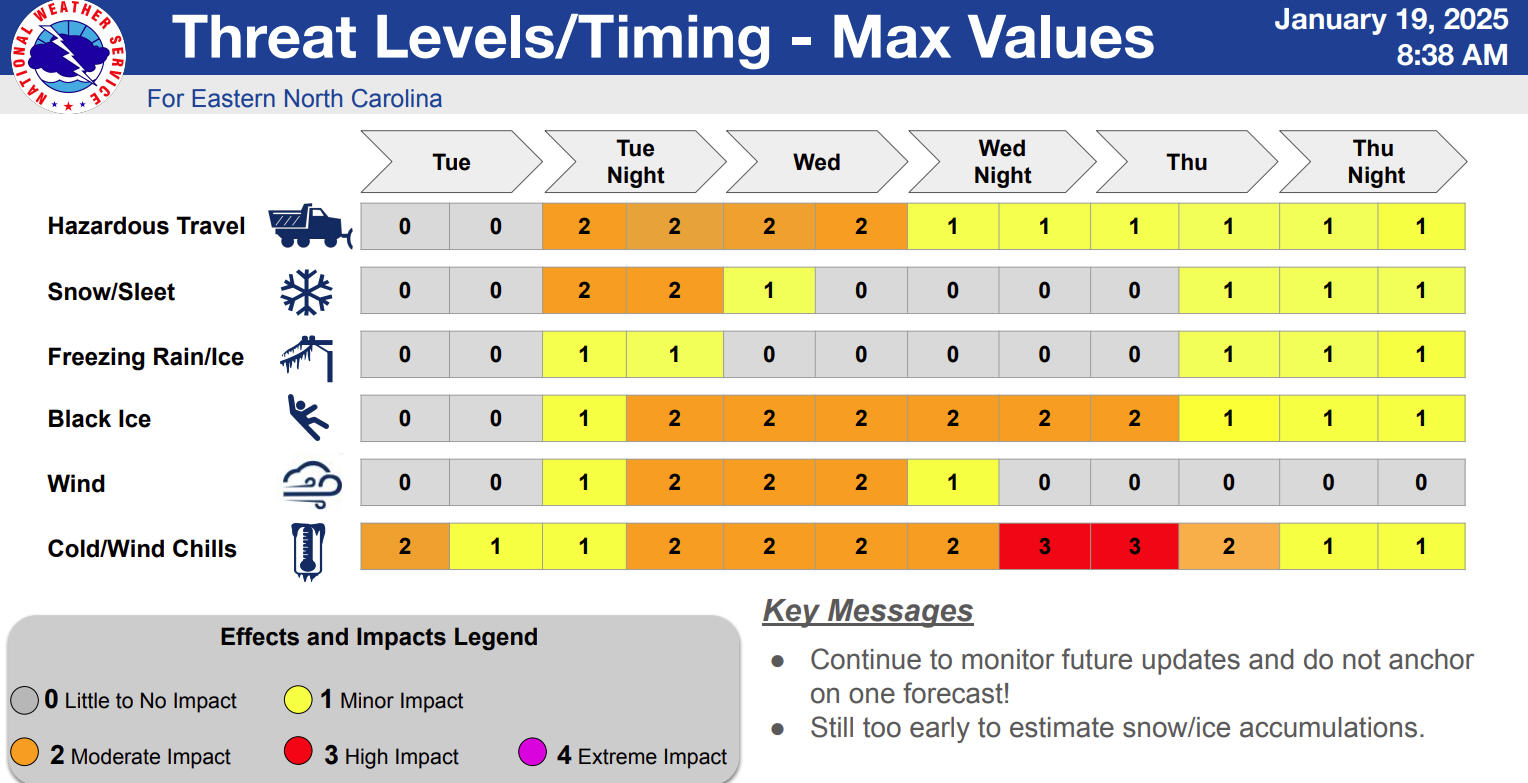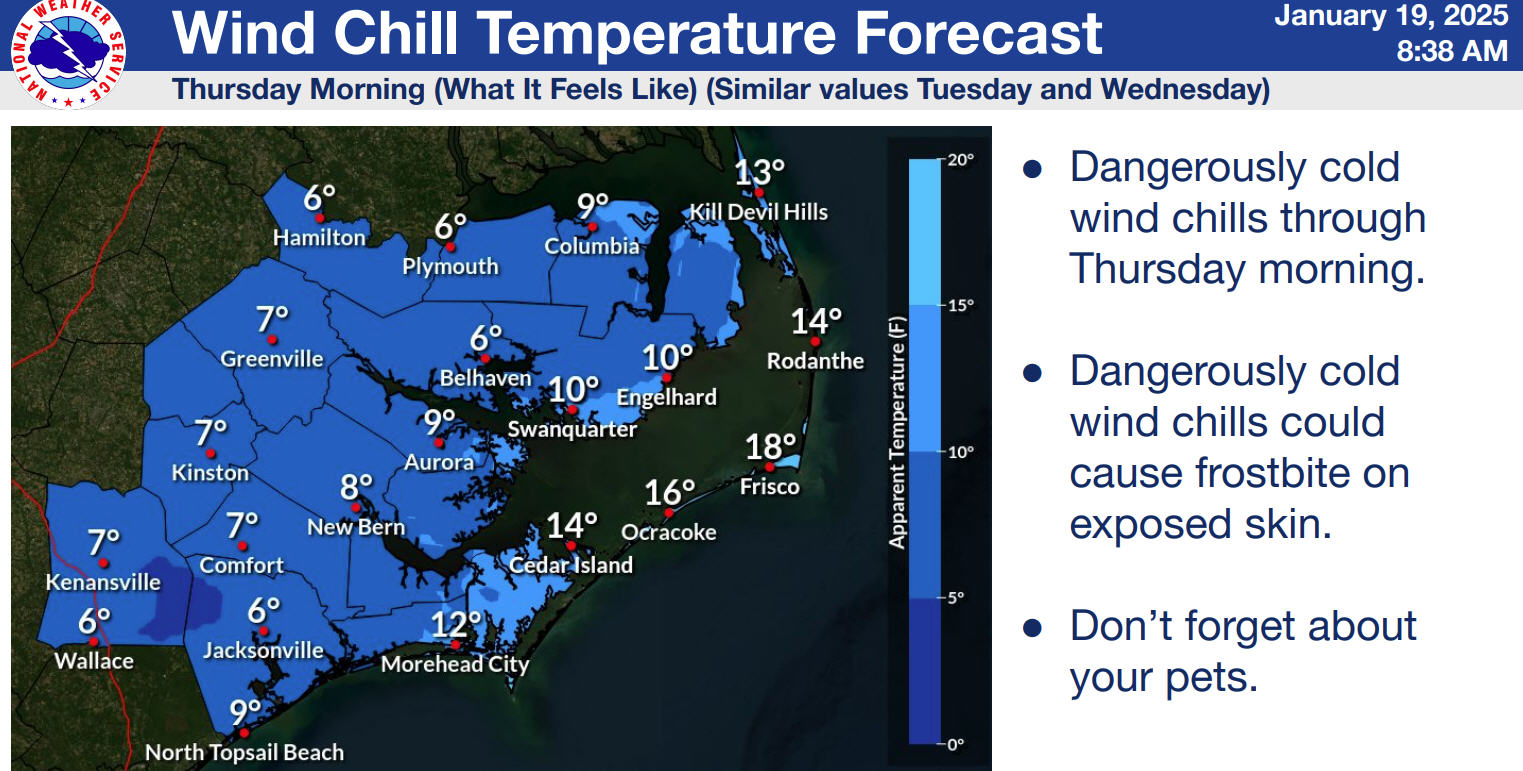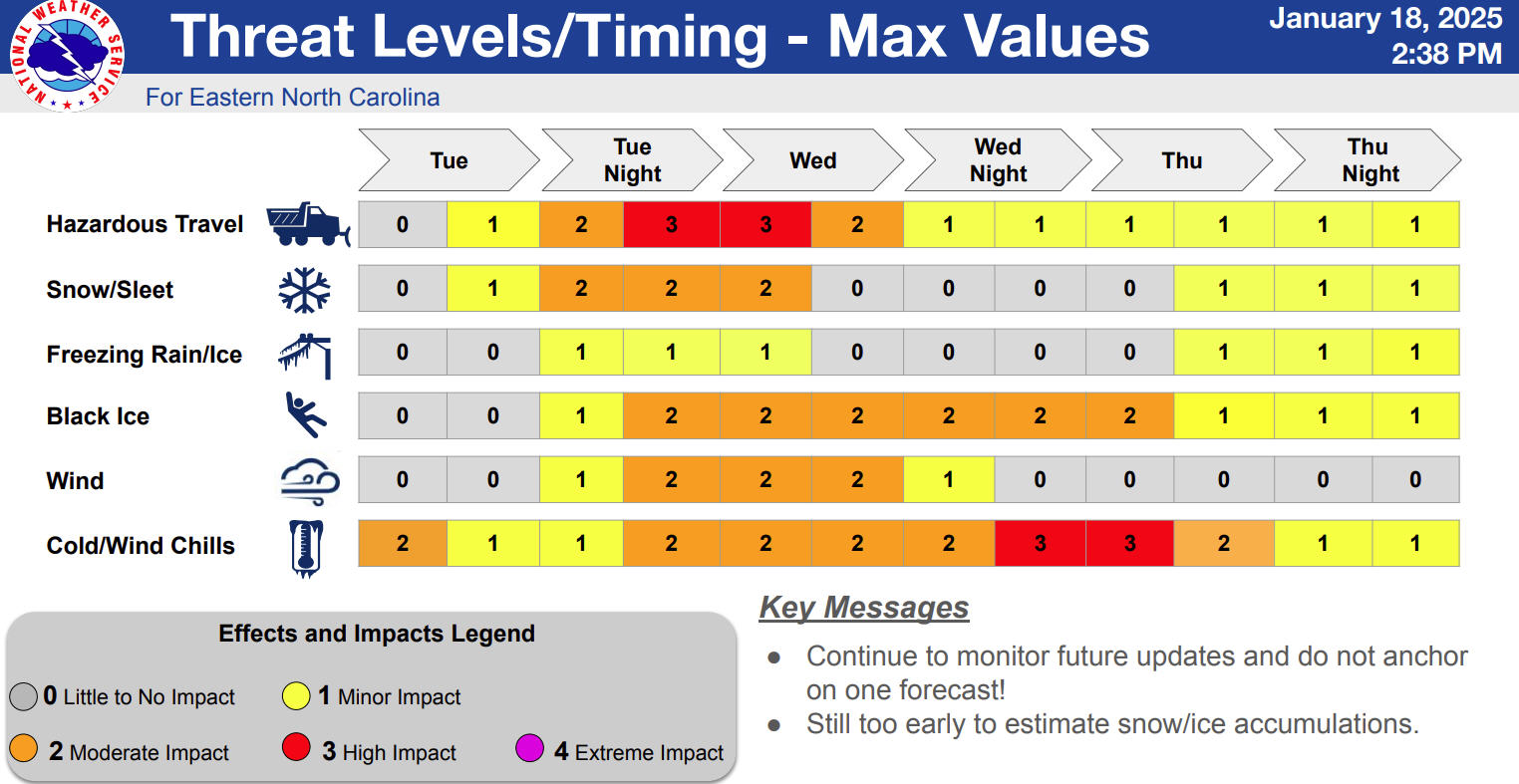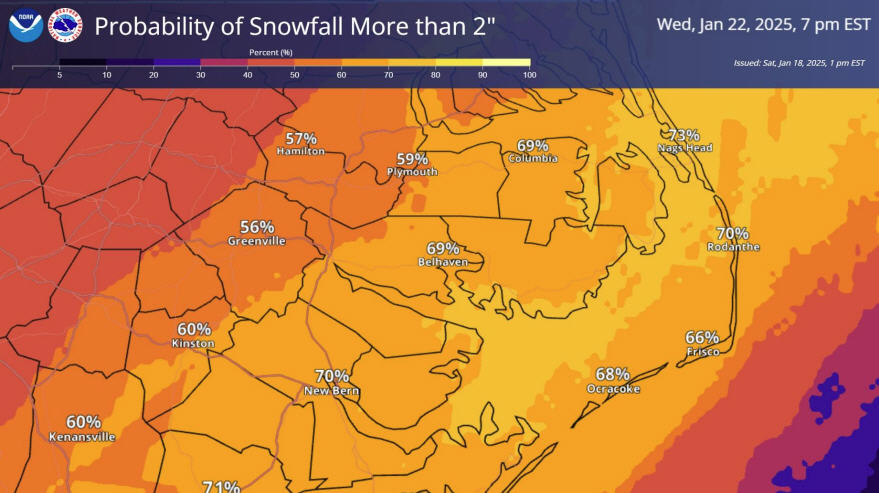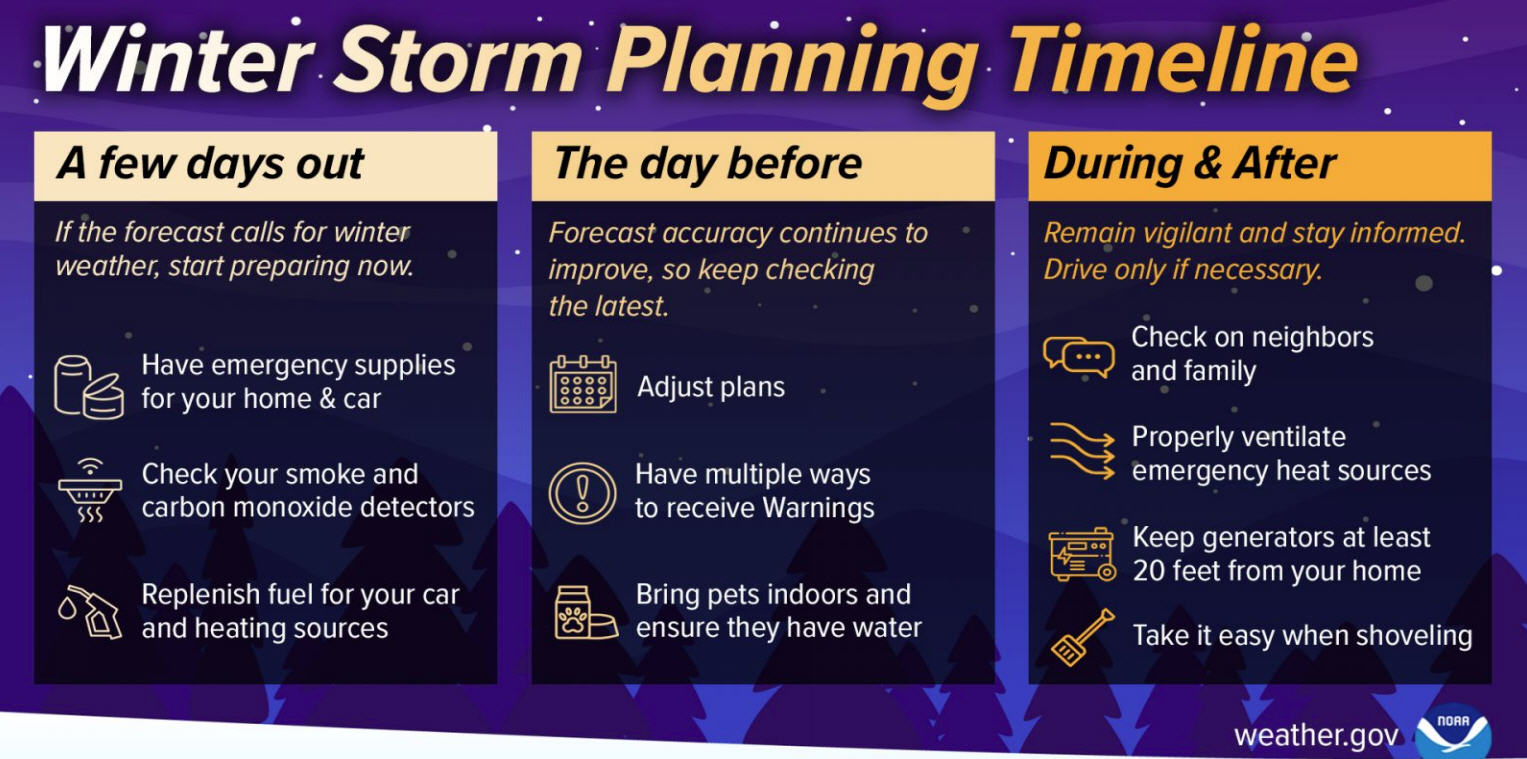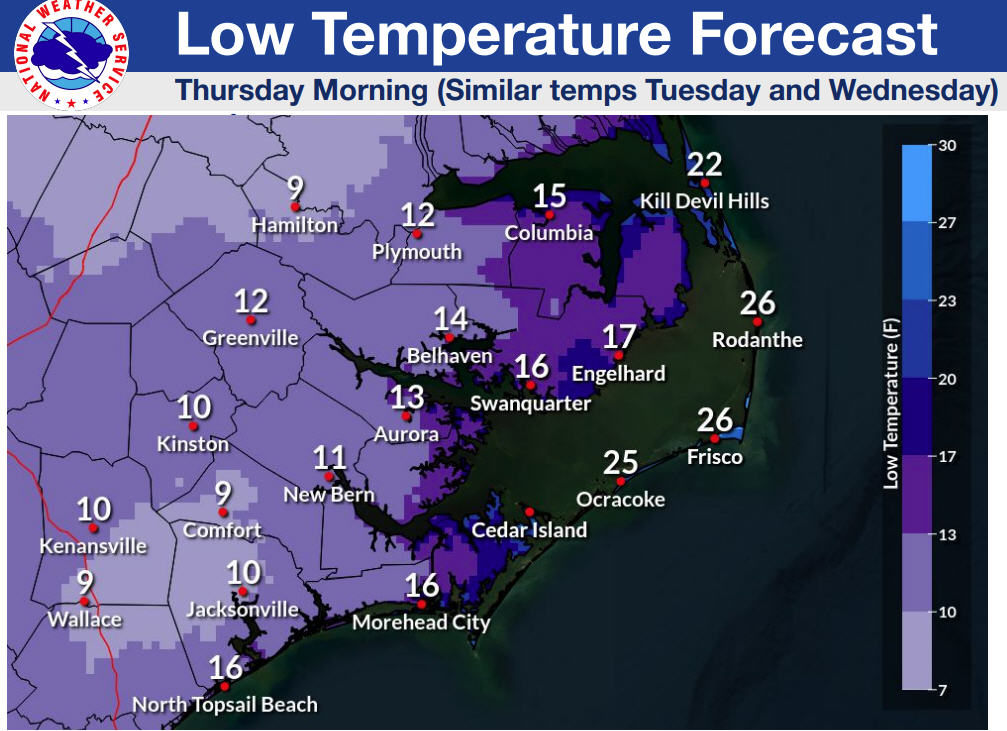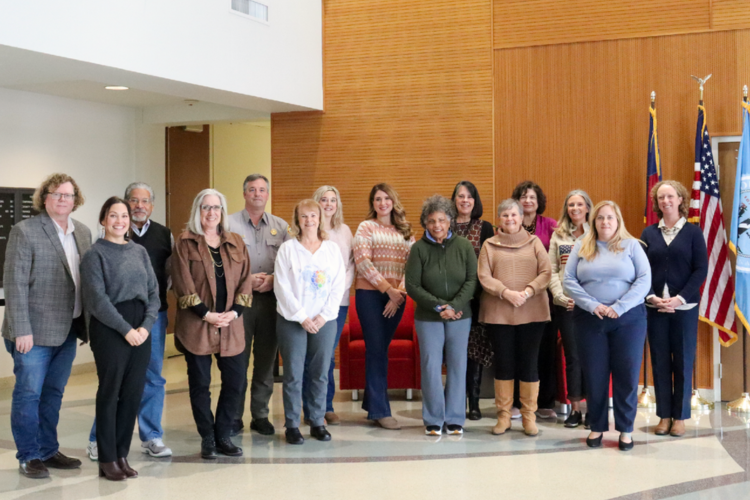Is the “Shelly Island” Sandbar Connecting to the Rest of Hatteras Island?
Recent visitors to the new sandbar that has grown off the edge of Cape Point were surprised to discover that the unofficially named “Shelly Island” has grown – and has grown quite a bit.
Just several weeks ago, island explorers used a kayak or small vessel to cross a roughly 50 yard channel of water that separated the sandbar from the rest of the island. But in the past few days, visitors around low tide have been able to simply walk over in water that is at times just a foot or two deep.
“It looks like the channel is filling in quite a bit,” says Cape Hatteras National Seashore Superintendent Dave Hallac, “and this has happened in just the past couple of weeks.”
“I was just remarking that when I was out there two weeks ago at the same time, the channel was up to someone’s neck, and now it’s up to someone’s ankles,” he adds.
As of right now, the sandbar is believed to be owned by the state of North Carolina, but it’s possible that if it does connect with Cape Point, this ownership could change, and it could become part of the Cape Hatteras National Seashore.
Who owns – or who will own – Shelly Island is a fairly new and unprecedented question, however, and the answer isn’t set in stone.
“We’re looking into that right now, but we’re not too worried about who owns it,” says Hallac. “In the end, the National Park Service will work with everybody to help manage it if it connects, and we feel confident our visitors will do their best to experience the island safely.”
It’s still advised that visitors take along a kayak or vessel to reach Shelly Island, because conditions can change within just a couple hours. But as opposed to just a few weeks ago – when swimming to the island was completely discouraged – the recommendations have somewhat changed.
“We’re still recommending [using a vessel], but we’re not trying to make unrealistic recommendations either – especially when the waters are shallower than knee high,” says Hallac. “But when the tide comes up, there still could be a strong current.”
As a result, visitors are cautioned that no matter how they reach the sandbar, they should time their trip around a low tide.
“If folks choose to walk over there, pay attention to the tide and walk back when the water level is low, and no significant current has formed,” says Hallac.
Planning a low-tide timed trip is important for reaching the sandbar, but it’s also important for reaching Cape Point itself.
In recent days, the beachfront south of Ramp 44 has not been passable in the hours around high tide, and ORV visitors will want to pay attention to the tides to ensure safe transport on and off the beach.
“Cape Point is still open, but it’s challenging to get out there 2-3 hours around high tide,” says Hallac. “People taking ORVs out there really need to pay attention to the tide and plan their trip accordingly, and make a smart decision about leaving well before high tide arrives.”
“With that being said, there’s still a great window of opportunity to get out there around low tide and enjoy it.”
And with the new sandbar continually changing – and the always present threat that it could be washed away with the next storm – now is as good a time as any to discover this unusual formation.




